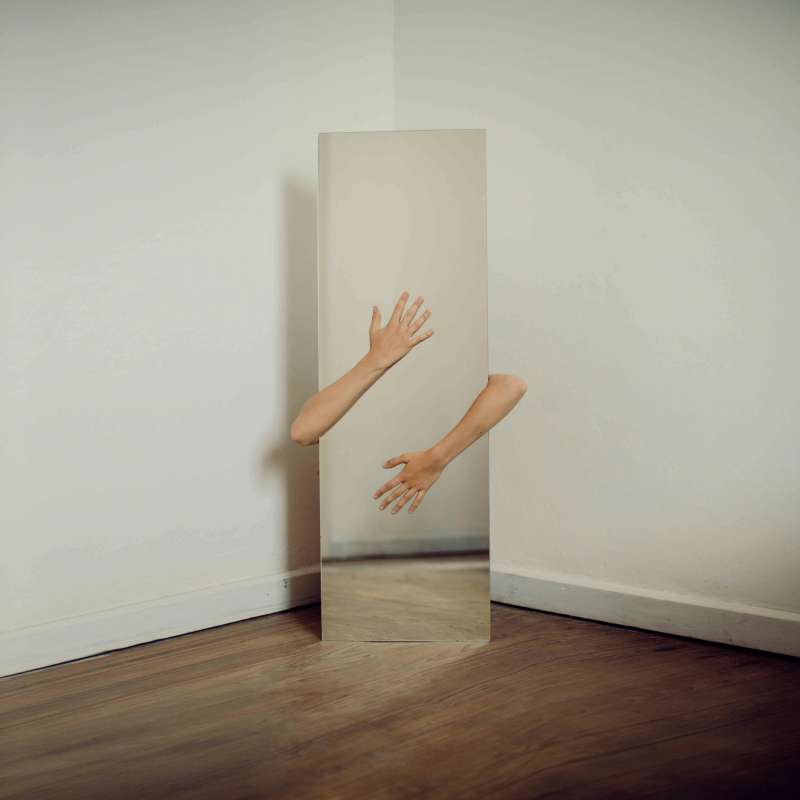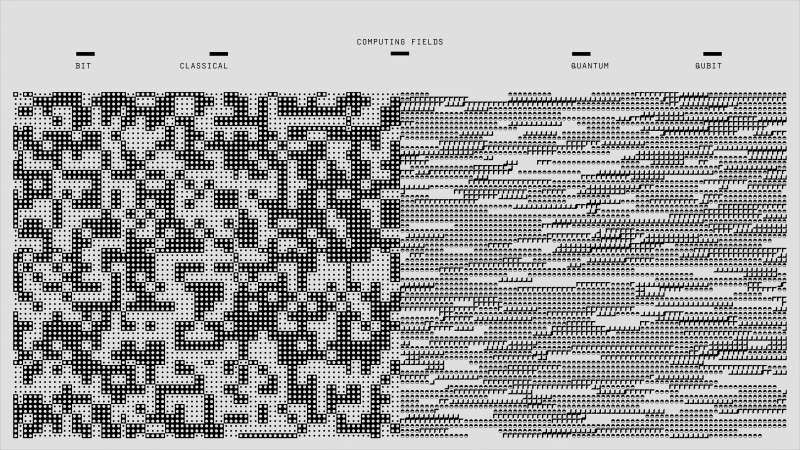M. Anderson Was There. He Found Something Strange and Could Not Believe It
Published on: April 30, 2025
A Day That Began Like Any Other
M. Petrov was not a man given to flights of fancy. At forty-five, he had spent more than half his life trudging through the dust and silence of ancient places, his eyes trained to notice the subtle shifts in color and texture that spoke of secrets buried for centuries. Married with two children, Petrov balanced his passion for the past with a love of climbing and restoring old furniture, finding solace in the tactile world of wood and stone. But nothing in his years of experience, no amount of patience or training, could have prepared him for what he was about to encounter on that cloudless morning in the outskirts of Sofia, Bulgaria.
Petrov was leading a small team of archaeologists and students, their task to survey a set of ruins believed to be remnants of a Thracian settlement. The area had yielded little more than pottery shards and the occasional coin in the past. Expectations were low, but Petrov’s curiosity was inexhaustible. As the sun climbed higher, he wandered away from the main group, drawn by a peculiar arrangement of stones that seemed oddly deliberate, their alignment subtly out of place with the rest of the site. It was here, in the shadow of an ancient oak, that Petrov’s world would shift forever.
The Unearthing of the Impossible
At first, it looked like nothing more than a lump of rock, half-buried and crusted with centuries of dirt. But as Petrov brushed away the soil, the object’s true nature began to reveal itself. It was not stone, but something far denser, metallic yet not quite like any metal he knew. Its surface was etched with intricate patterns—lines and symbols that twisted and intersected in ways that defied logic. The artifact was cool to the touch, unnaturally so, and seemed to hum faintly in his hand, a vibration that resonated up his arm and into his chest.
Petrov’s hands shook as he lifted the object free. It was heavier than it looked, and its shape was both familiar and alien—a flattened oval, almost like a large amulet, but with a complexity that suggested a purpose beyond mere decoration. He turned it over and over, searching for clues. The patterns were unlike anything he had ever seen in Thracian, Roman, or even Byzantine artifacts. In fact, they seemed to resist classification altogether.
For a moment, Petrov considered the possibility that it was a modern forgery, some elaborate prank left by a previous visitor. But the patina of age, the weight and feel of the thing, argued otherwise. He took a deep breath, his heart pounding, and called out to his colleagues. Within minutes, the team had gathered, their faces a mix of curiosity and skepticism.
The Team’s Astonishment
As the artifact was passed from hand to hand, silence fell over the group. Even the most cynical among them—Dr. Iliev, who had spent decades debunking outlandish claims—was at a loss for words. The patterns on the artifact seemed to shift and shimmer in the sunlight, creating the illusion of movement. No one could identify the material, and none of the symbols matched anything in their databases. The artifact was, for all intents and purposes, impossible.
Speculation ran wild. Some suggested it was a religious object, perhaps evidence of a previously unknown cult. Others whispered about extraterrestrial origins, their voices half-joking but tinged with genuine unease. Petrov listened in silence, the weight of responsibility settling on his shoulders. He knew that whatever this object was, it would not only challenge their understanding of the site, but potentially rewrite the history of the entire region.
Analysis and the First Shocks
The artifact was carefully packed and transported to the laboratory at Sofia University. There, a battery of tests was performed: X-ray fluorescence, radiocarbon dating, metallurgical analysis. The results were nothing short of baffling. The metal was an alloy unknown to modern science, its composition defying replication. The patina suggested an age of over 3,000 years, yet the techniques used to create the patterns were far beyond anything known to have existed at the time.
The symbols were subjected to intense scrutiny. Linguists, cryptographers, and historians pored over photographs and scans, searching for any hint of meaning. Some claimed to see echoes of Linear A, others suggested influences from Sumerian or even ancient Chinese scripts. But no one could offer a definitive translation. The artifact remained stubbornly silent, its secrets locked away.
Rumors began to circulate within the academic community. Some dismissed the find as a hoax, while others whispered about a cover-up, speculating that the artifact was being hidden from the public because of its potentially explosive implications. Petrov found himself at the center of a storm, his quiet life upended by the relentless attention. He received emails from journalists, phone calls from government officials, even veiled threats from shadowy figures who warned him to keep quiet.
The Media Frenzy
When word of the artifact finally leaked to the press, the reaction was immediate and overwhelming. Headlines screamed of "Alien Technology Found in Bulgaria" and "Ancient Relic Defies Science." News crews descended on Sofia, their cameras trained on the university gates, hoping for a glimpse of the object that had captured the world’s imagination. Petrov was hounded by reporters, his every move scrutinized and analyzed.
Social media exploded with theories and speculation. Some claimed the artifact was proof of ancient astronauts, while others insisted it was evidence of a lost civilization, more advanced than anything previously known. Petrov watched in disbelief as his discovery became the focus of global fascination, his own role alternately celebrated and vilified.
Conspiracy theorists had a field day. Forums and chat rooms buzzed with talk of government cover-ups, secret societies, and suppressed knowledge. Petrov received dozens of invitations to appear on television shows, podcasts, and conferences. He declined most, wary of the circus that had sprung up around his find. But the pressure was relentless, and he soon realized that the artifact had become more than just an object of study—it was now a symbol, a lightning rod for all manner of hopes and fears.
Scientific Debate and Institutional Backlash
Within the academic world, the reaction was equally intense. Some scholars hailed the discovery as the most important find of the century, while others dismissed it as an elaborate hoax or a misinterpretation. The debate grew heated, with accusations of fraud and incompetence flying back and forth. Petrov found himself isolated, his reputation under attack from colleagues who resented his sudden fame.
Funding for the project was threatened as skeptical administrators questioned the validity of the find. Some suggested that the artifact be turned over to the government for further study, while others argued that it should be displayed in a museum for all to see. Petrov fought to maintain control, determined to protect the integrity of his research. But the strain was beginning to show. He slept poorly, plagued by nightmares of the artifact’s patterns twisting and shifting in the darkness.
The Artifact’s Strange Effects
It was during this period of uncertainty that the first reports of strange phenomena began to surface. Members of Petrov’s team complained of headaches and vivid dreams after spending time near the artifact. Some described feelings of euphoria, while others reported intense anxiety or paranoia. Equipment in the lab malfunctioned inexplicably, computers crashed, and sensitive instruments registered fluctuations in electromagnetic fields that could not be explained.
Petrov himself began to experience odd sensations. He would find himself lost in thought, staring at the artifact for hours, unable to look away. He heard whispers in the silence, saw flashes of light at the edge of his vision. At night, he dreamed of ancient cities and impossible machines, their workings both familiar and utterly alien. He kept these experiences to himself, fearing that any admission of strangeness would further damage his credibility.
But the rumors spread. Some claimed the artifact was cursed, others that it was a conduit for messages from another world. The university administration grew concerned, and a special committee was formed to investigate the claims. Security around the artifact was tightened, and access was strictly controlled. Petrov felt the walls closing in, his discovery now a source of fear as much as wonder.
International Interest and Political Intrigue
It was not long before foreign governments took notice. Delegations from the United States, Russia, and China arrived in Sofia, their representatives eager to examine the artifact for themselves. Offers of assistance were made, along with thinly veiled threats. Petrov was summoned to meetings with officials from the Bulgarian Ministry of Culture, who made it clear that the artifact was now a matter of national security.
Rumors of espionage and sabotage circulated among the team. One night, the laboratory was broken into, but nothing was taken. Surveillance footage showed a shadowy figure moving with uncanny precision, avoiding cameras and alarms with ease. The incident only heightened the sense of paranoia and suspicion. Petrov began to fear for his family’s safety, and he took steps to ensure that his wife and children were kept out of the public eye.
The international attention brought new resources and expertise, but also new dangers. The artifact was moved to a secure government facility, its location kept secret. Petrov was given limited access, forced to work under constant supervision. He chafed at the restrictions, but there was little he could do. The discovery that had promised to make his career now threatened to destroy it.
Unexplained Phenomena Escalate
As the weeks passed, the strange occurrences intensified. Reports emerged of electrical storms centered on the facility where the artifact was housed, despite clear skies elsewhere in the region. Animals in the vicinity behaved erratically, and several researchers fell ill with symptoms that defied diagnosis. Some began to whisper that the artifact was dangerous, that it should be destroyed or buried again.
Petrov resisted these calls, arguing that the artifact represented a unique opportunity to expand human knowledge. But he could not deny the mounting evidence that something was very wrong. The patterns on the artifact seemed to change from day to day, as if responding to the attention focused on them. Instruments recorded bursts of energy that defied explanation, and several researchers reported seeing visions of places and events that could not possibly be real.
The government convened a panel of experts from around the world, their task to determine the artifact’s origin and purpose. The panel’s findings were inconclusive. Some argued that the artifact was a relic of a lost civilization, its technology far in advance of anything known. Others insisted it was a natural formation, its apparent strangeness the result of chance and coincidence. No consensus could be reached, and the artifact remained an enigma.
The Artifact’s Hidden Power
One night, as Petrov worked late in the secure facility, he made a discovery that would change everything. While examining the artifact under ultraviolet light, he noticed a series of hidden symbols that glowed faintly, invisible under normal conditions. These symbols formed a sequence, a kind of code that seemed to pulse with energy. Petrov realized that the artifact was not just a relic—it was a device, designed for a purpose he could not yet comprehend.
Driven by a mixture of fear and fascination, Petrov began to experiment. He found that by touching certain points on the artifact in sequence, he could trigger changes in its appearance. The patterns shifted and reformed, revealing new layers of meaning. At times, the artifact emitted a low hum, and the air around it seemed to shimmer with heat. Petrov documented his findings meticulously, but kept them secret from the authorities, fearing what might happen if the full extent of the artifact’s capabilities were revealed.
Word of his experiments eventually leaked, and Petrov was summoned before a government tribunal. He was accused of endangering national security, of tampering with forces he did not understand. The artifact was confiscated, and Petrov was placed under house arrest, forbidden from speaking to the press or his colleagues. His life’s work had become a curse, his greatest achievement now a source of shame and fear.
The World’s Obsession with the Unexplained
Despite the government’s attempts to suppress information, details of Petrov’s discovery continued to leak. The public’s fascination with the artifact only grew, fueled by a steady stream of rumors and half-truths. Some claimed that the artifact had healing powers, others that it was a weapon of unimaginable destruction. Petrov became a reluctant celebrity, his name synonymous with mystery and intrigue.
Books and documentaries proliferated, each offering a different theory about the artifact’s origin and purpose. Some suggested it was evidence of time travel, others that it was a message from the future. Theories abounded, but the truth remained elusive. Petrov watched in despair as his discovery was twisted and distorted, its true significance lost amidst the noise.
Yet for all the chaos and controversy, one fact remained undeniable: the artifact was real, and it defied explanation. Its existence challenged everything we thought we knew about the past, and hinted at possibilities beyond our wildest imaginings. Petrov’s life would never be the same, nor would the world’s understanding of its own history. The artifact remained, silent and inscrutable, a reminder that some mysteries are bigger than any one person—or any one civilization—can hope to contain.










